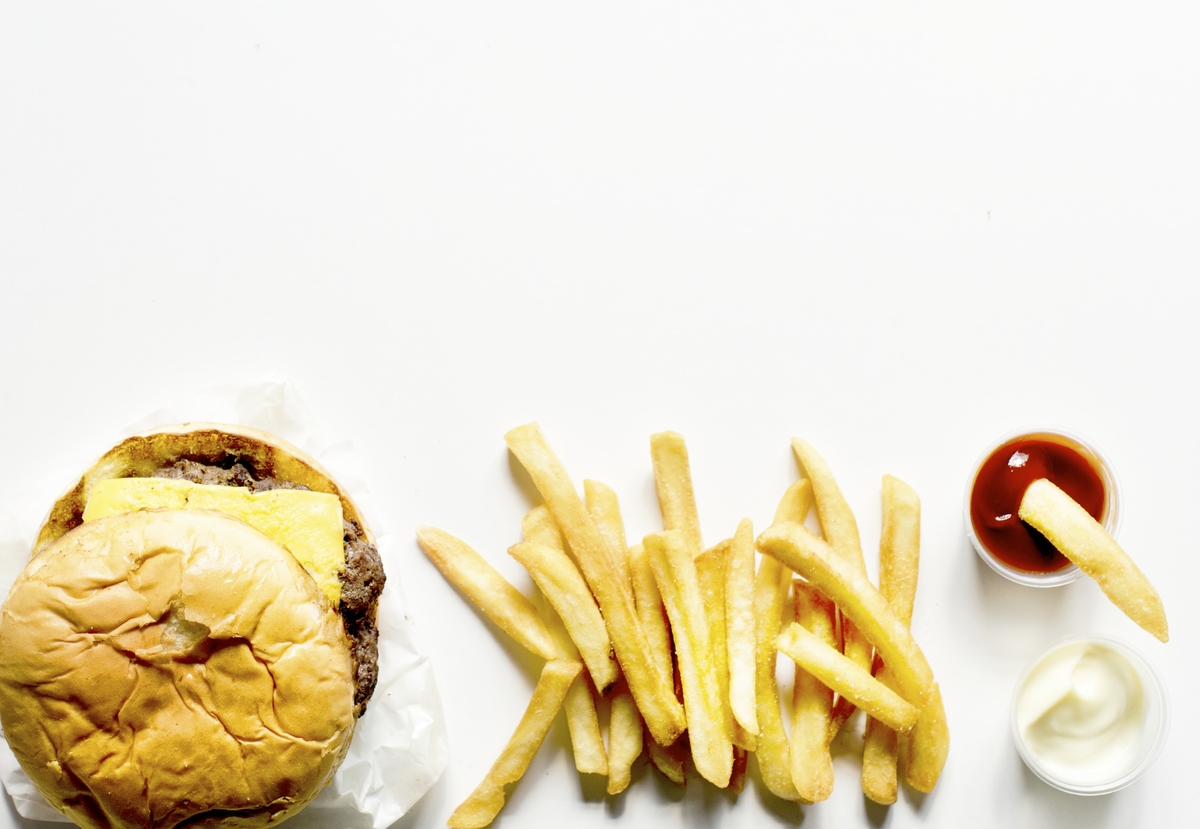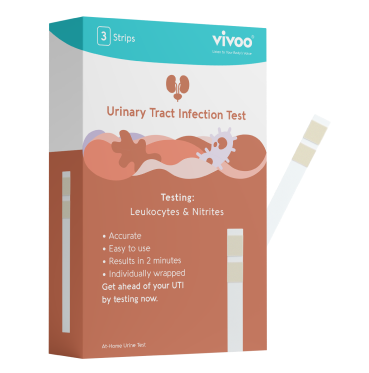Are you looking to improve your cholesterol levels and boost your overall health? One important factor to consider is increasing your good cholesterol, also known as high-density lipoprotein (HDL).
HDL cholesterol is the kind of cholesterol that you want to increase, and is different from low-density lipoprotein (LDL). It is known as "good" cholesterol because higher levels of HDL cholesterol are associated with a lower risk of heart disease. HDL cholesterol transports cholesterol to your liver, from where it is excreted from your body.
You may check your cholesterol levels with a blood test that the doctor may order from the lab. If you are a male and your HDL level is less than 40, or a woman and your HDL level is less than 50, you are more prone to developing heart disease. Having an HDL level of at least 60 may help you avoid heart disease.
In this article, we'll discuss the benefits of good cholesterol and provide tips on how to raise your HDL levels.
How To Improve Good Cholesterol?
Here are some tips and strategies to help you boost your HDL levels and maintain a healthy heart.

8 Foods That Boost HDL
Olive Oil
Olive oil is one of the healthiest fats available.
Research from 2019 suggests that the kind of heart-healthy fat present in olives and olive oil can mitigate the inflammatory effects of LDL cholesterol on the body. When cooking at low to moderate temperatures, use extra-virgin olive oil as a substitute for other oils and fats, as it deteriorates at high temperatures. You can also add extra-virgin olive oil to salad dressings, sauces, and as a flavor enhancer for cooked foods.
Nevertheless, it's important to consume extra-virgin olive oil in moderation as it is high in calories. According to the U.S. Department of Agriculture, a single serving of extra-virgin olive oil is approximately one tablespoon.
Extra virgin olive oil contains more polyphenols than processed olive oil, but the quantity depends on the kind and brand of olive oil you have.
Whole Grains
Incorporating whole grains such as bran, cereals, and brown or wild rice into your diet may help to decrease your LDL and overall cholesterol levels, thereby boosting your HDL levels. The fiber present in these foods, especially soluble fiber, is known to aid in reducing LDL cholesterol.
It is recommended that you have at least two servings of whole grains daily. This can be as simple as enjoying a nourishing bowl of oatmeal for breakfast, having 100% whole grain bread at lunch, or having a side of brown rice during dinner.
Beans and Legumes
Beans and legumes, much like whole grains, are excellent sources of soluble fiber. Try incorporating black beans, black-eyed peas, kidney beans, navy beans, lentils, or other types of beans and legumes into your diet.
You can have beans and legumes as part of a side dish, such as Cajun corn and kidney bean salad, or in soups, like Italian-style white bean and kale soup. For a simple and wholesome family-friendly dinner during the week, you can also prepare spicy Southwestern black bean chili.
Fruits
Consuming fiber-rich fruits, such as prunes, apples, and pears, can aid in reducing your overall cholesterol levels.
You can slice them up and mix them into cereal or oatmeal, or blend them into a delicious smoothie using a blender. They are equally delicious when consumed plain, either as a mid-afternoon snack or as a dessert after dinner.
Fatty Fish
The presence of omega-3 fatty acids in fish can assist in reducing your LDL levels. When selecting fish, try going for fattier varieties such as salmon, mackerel, tuna, sardines, and trout.
Nuts
Nuts, such as Brazil nuts, almonds, pistachios, and others, as well as peanuts are rich in heart-healthy fats. They are also high in fiber and contain plant sterols that inhibit your body's cholesterol absorption.
It is important to note that since nuts are high in calories, you should monitor your portion sizes using a measuring cup or scale if you are trying to watch your calories.
Chia seeds
Chia seeds are a rich source of plant-based omega-3 fatty acids, fiber, and other beneficial nutrients that can aid in reducing LDL levels and blood pressure.
Chia seeds are an excellent addition to cereals, oatmeal, dips, salads, yogurt, or smoothies. If you don't like the slimy texture of chia seeds, then consume chia seeds immediately or substitute them for eggs in your baked goods.
As chia seeds are gaining in popularity, they can now be found in various food products at grocery stores.
Avocado
Avocados are rich in folate and monounsaturated fat, a healthy type of fat that can assist in maintaining HDL levels and reducing the risk of stroke, heart attacks, and heart disease. They also contain fiber, which helps for naturally regulating cholesterol levels.
Try adding avocado slices to salads, soups, chilis, or sandwiches. Or you can try making guacamole at home. But if you do have guacamole as a dip, try pairing it with low-calorie foods like carrots, radishes, and tomatoes instead of high-calorie and high-sodium tortilla chips.

Lose excess weight
By making changes to your diet and increasing your physical activity, you can achieve and sustain your ideal weight. But also, shedding some extra pounds can help raise your HDL cholesterol and reduce LDL cholesterol.
Exercise
Exercise is a key component of improving good cholesterol levels (HDL). Studies have shown that various types of exercise, including strength training, high intensity workouts, and aerobic exercise, can all increase HDL levels. In addition, exercise has been shown to enhance the antioxidant and anti-inflammatory effects of HDL.
High intensity exercise, such as high-intensity interval training and high-intensity circuit training may be particularly effective for raising HDL levels. Even low-intensity exercise can improve the anti-inflammatory and antioxidant capacities of HDL. Overall, exercising regularly can help raise HDL levels and improve your overall heart health.
Avoid trans fats
When it comes to your diet, it's best to steer clear of trans fats, as they can elevate LDL cholesterol and lower HDL cholesterol levels.
Trans fats are commonly found in foods that are prepared using shortening, such as cakes and cookies, as well as most fried foods and certain types of margarine.
Additionally, it's also recommended that you reduce your intake of saturated fats, which is typically present in meat and full-fat dairy products.
Quit smoking
Smoking raises the risk of a variety of health issues, including heart disease and lung cancer. One of its side effects is a reduction in HDL cholesterol. According to several studies, stopping smoking may raise HDL levels.
According to one study, those who stopped smoking had their HDL levels rise twice as much as those who restarted smoking after a year. The amount of big HDL particles rose as well, lowering the risk of heart disease even more.
Remember to consult a medical professional before making any changes to your diet and consider the possible side effects of any supplements or changes you make. Feel free to comment below if you have any questions or want to share your own tips for lowering cholesterol.















